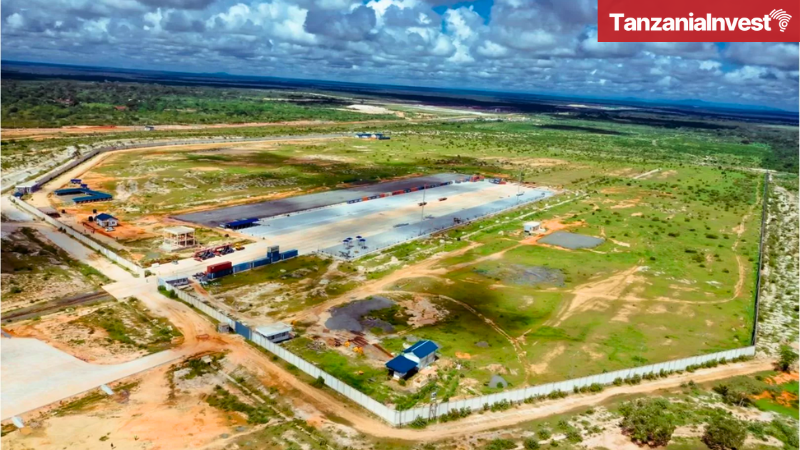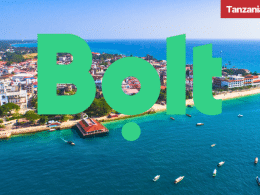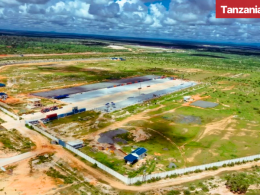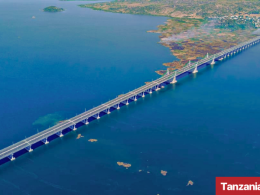The Tanzanian government has announced that the first phase of the Kwala Dry Port project, located in Vigwaza, Kibaha, in the Coast Region, is now 80% complete.
The update was provided by Government Spokesperson Gerson Msigwa during a recent press briefing as part of his working visit to the project site.
The Kwala Dry Port is a strategic initiative aimed at decongesting the Dar es Salaam Port by serving as a storage and handling facility for large volumes of cargo.
Once operational, the dry port is expected to handle 823 containers daily, equivalent to 300,395 containers annually, representing 30% of the total cargo processed at the Dar es Salaam Port.
Msigwa highlighted that the government has invested heavily in critical infrastructure to ensure the port’s efficiency.
This includes a railway link connecting Kwala to the Tanzania Railways Corporation (TRC) network, concrete roads, a reliable electricity supply, and industrial warehouses covering 26,000 square meters.
He noted that the railway connection will allow cargo to be transported directly from the Dar es Salaam Port to Kwala, reducing road congestion, minimizing accidents, and preserving road infrastructure.
The first phase of the project includes the construction of concrete roads for heavy trucks, a fire station, an administrative building for government agencies and service providers, a stormwater drainage system, and reliable electricity and water networks.
Additionally, the port will feature a main gate and accommodation for workers.
The Kwala Dry Port is also set to host 200 large and medium-sized industries and 300 small-scale industries, focusing on sectors such as food processing, pharmaceuticals, construction materials, textiles, and chemicals.
The project is expected to create over 100,000 direct jobs and 500,000 indirect jobs, significantly boosting Tanzania’s industrial and economic growth.
The SINO-TAN industrial cluster within the project has already seen progress, with three factories operational, three in the final stages of equipment installation, and four more set to begin installation by the end of April 2025.










